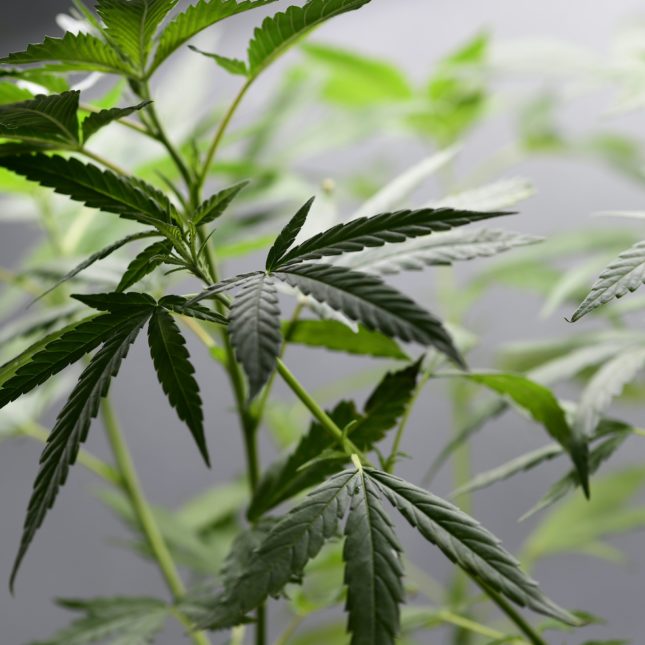When it comes to cultivating cannabis, growers face a crucial decision: soil or hydroponics? Both mediums have their distinct advantages and drawbacks, making the choice dependent on various factors such as space, expertise, and desired outcomes. Soil cultivation, a traditional method, offers a natural and holistic approach. It provides a stable and forgiving environment for plants, making it suitable for novice growers. Soil acts as a reservoir for nutrients, allowing for a slower release and reducing the risk of over-fertilization. Additionally, the microbial life within soil enhances nutrient uptake and overall plant health. Cannabis grown in soil often exhibits robust flavors and aromas, attributed to the complex interactions between soil, microbes, and plants. However, soil cultivation requires careful monitoring of pH levels and nutrient content to prevent deficiencies or toxicity. Furthermore, soil-based systems tend to be less efficient in water usage compared to hydroponics, making them less sustainable in water-scarce regions.

On the other hand, hydroponic cultivation offers precise control over nutrient delivery and environmental variables. By growing cannabis in a soilless medium, such as nutrient-rich water or inert substrates like perlite or coco coir, growers can tailor nutrient solutions to meet the specific needs of their plants at different growth stages. Hydroponic systems typically promote faster growth rates and higher yields due to the direct access to nutrients and oxygen at the root zone. Moreover, hydroponics conserves water by recirculating nutrient solutions, making it an attractive option for environmentally conscious growers. However, hydroponic setups require a higher initial investment and demand a steep learning curve, as maintaining optimal nutrient levels and preventing system failures necessitate constant monitoring and adjustments. Additionally, the absence of soil microbes in hydroponic systems may impact the terpene profile and overall flavor complexity of the harvested buds. Ultimately, the choice between soil and hydroponics depends on the grower’s preferences, resources, and goals.
Novice growers or those seeking a more hands-off approach may prefer soil cultivation for its forgiving nature and reliance on natural processes. Conversely, experienced growers looking to maximize yield and have precise control over plant nutrition may opt for hydroponics despite its higher upfront costs and complexity. Some cultivators even employ a hybrid approach, combining elements of both soil and hydroponics to capitalize on the benefits of each medium. Regardless of the chosen method, successful cannabis cultivation requires attention to detail, proper planning, and a deep understanding of the plant’s needs throughout its lifecycle. By carefully weighing the pros and cons of soil and hydroponics, growers can select the medium that aligns best with their skills, resources, and desired outcomes, ultimately leading to a bountiful harvest of high-quality cannabis growing machine. As the industry continues to evolve, advanced cultivation techniques will play an increasingly vital role in meeting the growing demand for premium cannabis products while driving innovation and sustainability across the cannabis supply chain.